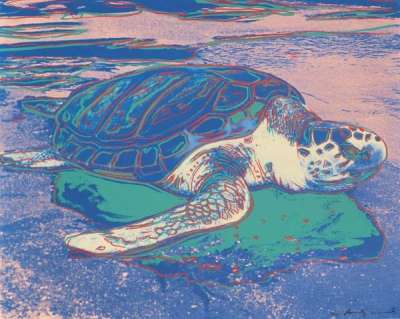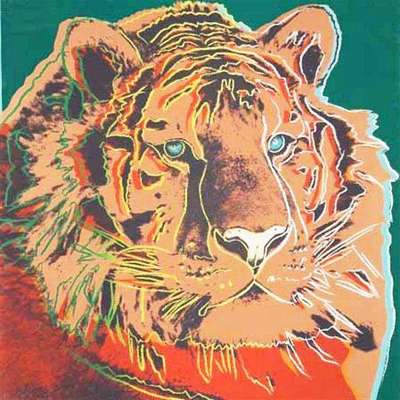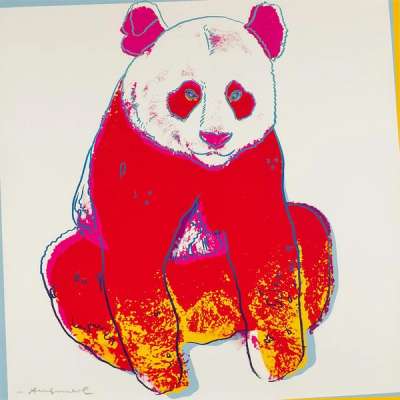
African Elephant (F. & S. II.293)

African Elephant (F. & S. II.293)
Signed Print
Andy Warhol
£120,000-£180,000Value Indicator
$250,000-$370,000 Value Indicator
$220,000-$330,000 Value Indicator
¥1,140,000-¥1,710,000 Value Indicator
€140,000-€210,000 Value Indicator
$1,210,000-$1,820,000 Value Indicator
¥22,470,000-¥33,700,000 Value Indicator
$160,000-$230,000 Value Indicator
AAGR (5 years) This estimate blends recent public auction records with our own private sale data and network demand.
There aren't enough data points on this work for a comprehensive result. Please speak to a specialist by making an enquiry.
Medium: Screenprint
Edition size: 150
Year: 1983
Size: H 97cm x W 97cm
Signed: Yes
Format: Signed Print
TradingFloor
Track this artwork in realtime
Watch artwork, manage valuations, track your portfolio and return against your collection
Track auction value trend
Auction Results
| Auction Date | Auction House | Location | Hammer Price | Return to Seller | Buyer Paid |
|---|---|---|---|---|---|
| June 2024 | Van Ham Fine Art Auctions | Germany | |||
| June 2023 | Van Ham Fine Art Auctions | Germany | |||
| October 2022 | Phillips New York | United States | |||
| October 2021 | Phillips New York | United States | |||
| March 2020 | Sotheby's London | United Kingdom | |||
| May 2019 | Bonhams New York | United States | |||
| March 2018 | Sotheby's London | United Kingdom |
Meaning & Analysis
Printed in 1983, African Elephant (F. & S. II.293) is a signed screen print in colour on Lenox Museum Board by Andy Warhol. The print depicts an African Elephant, one of the most sought-after animals for poaching in the world due to their ivory tusks. The elephant is rendered in pink with multicoloured hand-drawn lines accentuating its aged body. Unlike other prints in this series, in which the animals are extracted from their natural habitats, rendered against a plain backdrop, the Giant Elephant here is shown against a Sub-Saharan background.
African Elephant (F. & S. II.293) is part of the Endangered Species series, commissioned in 1983 by New York gallerists and environmental activists, Ronald and Frayda Feldman. The aim of the commission was to raise awareness about threatened wildlife and the threat of climate change, hunting and deforestation on the natural ecosystem. This series is more political than Warhol’s other series like Ads or Campbell’s Soup, which focus on consumer culture and commercialism. The series is also more personal than the other series focussing on everyday consumer goods, as Warhol himself was an animal lover and had a keen interest in nature and wildlife.
The print was made using Warhol’s signature screen printing technique. The overstated multicoloured gestural lines emphasise the elephant’s grandeur and impressive physique, adding dynamism to its body in motion. By transforming the elephant into a work of Pop Art, Warhol is demanding people look at it and pay attention to the threat humanity is posing to this species’ existence. Through the Pop Art aesthetic, the elephant becomes a cultural icon that is impossible to ignore.










